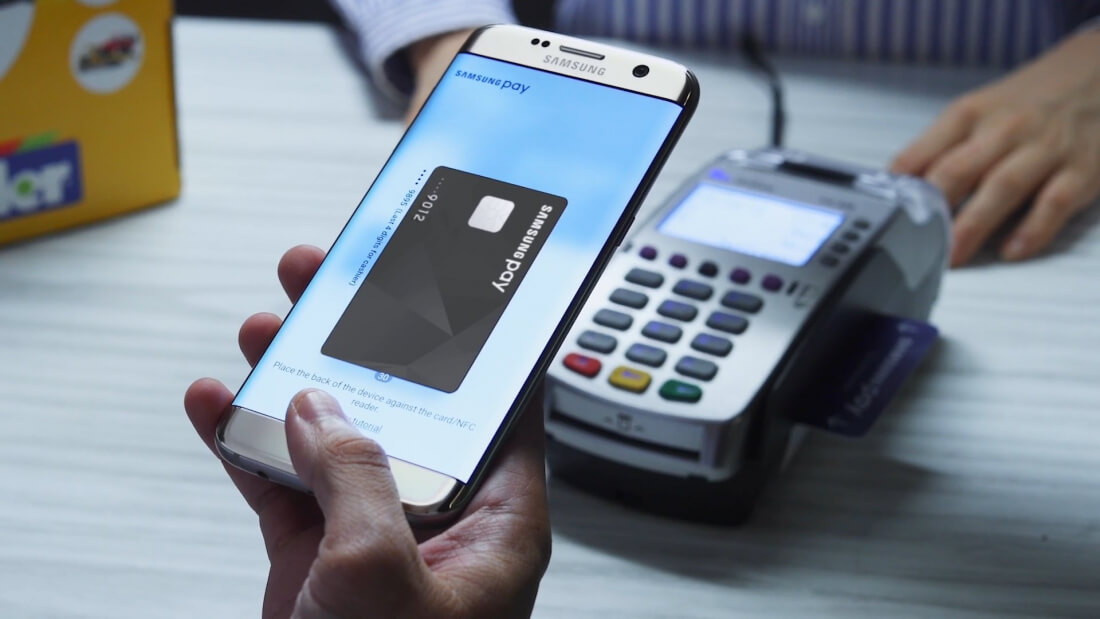
In today’s fast-paced digital world, barcode scanning is no longer just a feature—it’s a necessity. Whether it’s retail checkout, inventory tracking, or event ticketing, businesses rely on barcode scanning to streamline operations. But integrating this functionality into an Android app can be a daunting task. Thankfully, an Android Barcode Scanner SDK simplifies the process, transforming complex coding challenges into effortless integration.
Why Use a Barcode Scanner SDK?
A Barcode Scanner SDK acts as a bridge between your app and the powerful barcode scanning capabilities modern businesses demand. Instead of reinventing the wheel, developers can leverage an SDK to handle everything from camera control to barcode decoding. Let’s explore its key roles:
1. Simplifying Complexity
Developers often struggle with low-level implementations, but an SDK takes care of the heavy lifting
- Effortless Camera Control: Access, focus, and exposure settings are managed automatically, ensuring the best scanning experience across devices.
- Smart Image Processing: The SDK optimizes captured images for barcode recognition, adjusting for lighting conditions and reducing noise.
- Advanced Decoding Algorithms: From QR Codes to UPCs and Code 128, an SDK deciphers multiple barcode types with precision—no need to write custom algorithms.
2. Enhancing Features Beyond Basic Scanning
Today’s barcode scanning needs to go beyond a simple scan-and-go approach. SDKs enrich the experience with:
- Seamless Continuous Scanning: Enables effortless back-to-back scanning without manual intervention.
- Real-Time Barcode Detection: Instantly recognizes barcodes in any orientation, eliminating alignment issues.
- Error Correction & Damaged Barcode Handling: Even poorly printed or worn-out barcodes can be accurately read.
- Multi-Barcode Recognition: Capture and process multiple barcodes at once for efficiency.
- Customizable UI: Match the scanner’s look and feel with your app’s branding for a smooth user experience.
- Data Validation & Formatting: Ensure scanned data meets your application’s specific format requirements.
3. Optimizing Performance Across Devices
A great SDK guarantees a seamless experience across a variety of Android devices. Key benefits include:
- Device Compatibility: Works consistently across different hardware configurations, ensuring reliability.
- High-Speed Scanning: Optimized for quick and accurate barcode detection while minimizing battery consumption.
4. Saving Development Time & Effort
Integrating barcode scanning from scratch is time-consuming and costly. With an SDK:
- Quick Integration: User-friendly APIs and extensive documentation simplify the process.
- Faster Go-to-Market: Developers can focus on core app features while the SDK handles barcode scanning, expediting deployment.
5. Future-Proofing with Maintenance & Updates
Technology evolves, and so should your app’s barcode scanning capabilities. A quality SDK provides:
- Regular Updates: Ensuring compatibility with the latest Android versions and devices.
- Ongoing Support: Dedicated support teams help resolve any issues or enhance performance.
Conclusion
A Barcode Scanner SDK is more than just a plug-and-play solution—it’s an essential tool for any app requiring fast, accurate, and reliable barcode scanning. By simplifying development, enhancing features, and ensuring long-term compatibility, an SDK empowers businesses to stay ahead in an increasingly barcode-driven world. If you’re looking to integrate barcode scanning into your Android app, an SDK is your best bet to deliver a seamless user experience while saving valuable time and resources.

































